For most users, I suggest the Mini 3 Pro over the new Mini 3, due to the powerful functionalities for filming. For users interested only in photography, the basic Mini 3 is an affordable alternative to consider, as long as they can do without the obstacle avoidance and the hyperlapse functionality
Recently DJI has lowered the price of the Mini 3 and added the 48 MP mode. My analysis in the article: Mini 3 vs 3 Pro, which lightweight drone to buy?
Other articles you might find interesting:
- Mini 3 Pro Photography review
- Mini 3 Pro night photography
- Mini 3 Pro 48MP photo
- Mini 3 Pro Automatic Exposure Bracketing
- Mini 3 Pro camera settings for photography
- Mini 3 Pro hyperlapse mode
If you prefer to watch this as a video, you will find my YouTube version at the end of this article
Differences for Photo
There are several pricing options for the two models, according to the remote controller and the combo version. In all of them, the basic Mini 3 is about $200 (or euro) cheaper than the Pro
Hardware
The hardware is almost identical in the two models, with only two differences. One of them is very important
The basic Mini 3 is not supplied with the tridimensional obstacle sensor system of the Pro model
This is a major safety feature, but it is more crucial when shooting video, as the aircraft has to perform specific moves while filming, while photos are static, so less risk is involved
The lack of obstacle sensors rules out features like tracking and other intelligent modes
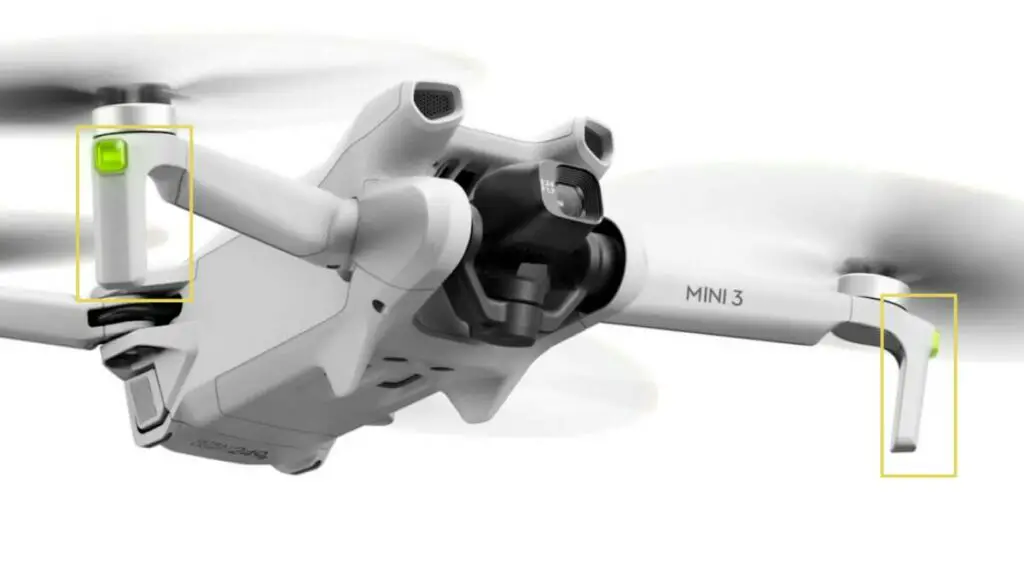
The other physical difference between the two models is the two small legs below the propellers in the basic Mini 3. This is where the antennas are now located, the same position as in the Mini 2
This is probably due to the poor performance of the Mini 3 Pro in terms of signal transmission, the only main fault of this excellent drone, arguably due to the location of the antennas inside the wings
To solve the issue the antennas have been repositioned to the previous location. In my tests I have found that the signal transmission of the Mini 3 is slightly better
The sensor and the lens are also identical
Both models can save both RAW and JPEG files and the true photo resolution is 12 MP, although they offer a 48 MP mode that I will analyze later on
Features
The difference in price between the two models is due mostly to functionalities that have been taken away in the new model
The great majority of them are useful only for filming and I have analyzed them in my comparison of the two models for video
The settings for photography are mostly the same. There are some minor differences
- In the Mini 3 there is no burst mode, to take several photos in rapid succession, a feature rarely used with drones
- The Auto Exposure Bracketing can take a maximum of three photos, instead of five
- Panorama photography has three of the four modes and lacks Vertical Panorama
- The maximum ISO value in the basic Mini 3 is 3200 vs 6400 for the Pro, but this can be disregarded as both models have excellent capabilities in low light and such a high ISO value is not needed
In this article, you will find 9 tips for amazing photos with the Mini 3 and 3 Pro
A major limitation of the Mini 3 is the lack of the excellent hyperlapse functionality of the Pro model
It is still possible to take time lapses with a static point of view, using timed shots
12MP vs 48MP
Let’s compare some images taken in 12 MP mode to the 48 MP one
The Quadbayer sensor has a real photo resolution of 12 MP, but it can split each pixel into four smaller ones, thus creating a sort of 48MP resolution. This is useful to increase the detail and for better results with large prints
But the resulting pixels are much smaller, so in theory, the ability to gather light should be reduced, therefore this mode is to be used only in easy light conditions
More details are in my article about the 48MP mode of the Mini 3 Pro
Both modes have been constantly improved in different firmware updates. The 48 MP mode has now more info in the shadows and less noise
To edit and organize my library of photos I use Luminar Neo. It is an excellent program with a host of interesting functionalities, very fast and easy to use
You can watch my detailed article about Luminar Neo by clicking on this link
Downloadable Photo Samples
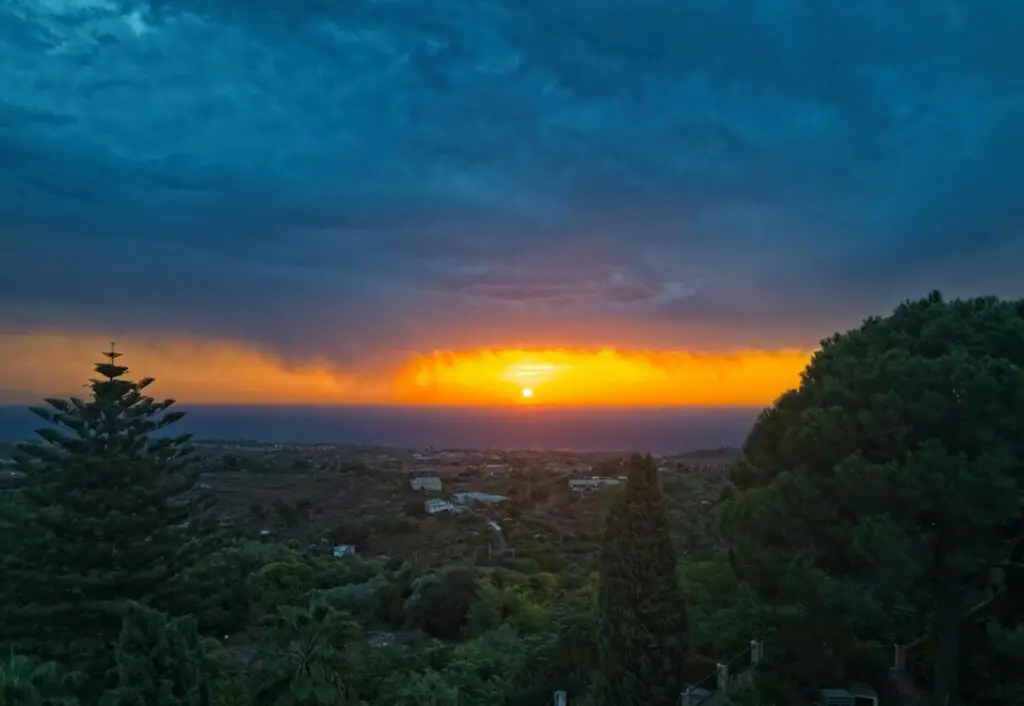
Click on this link to download the JPEG file
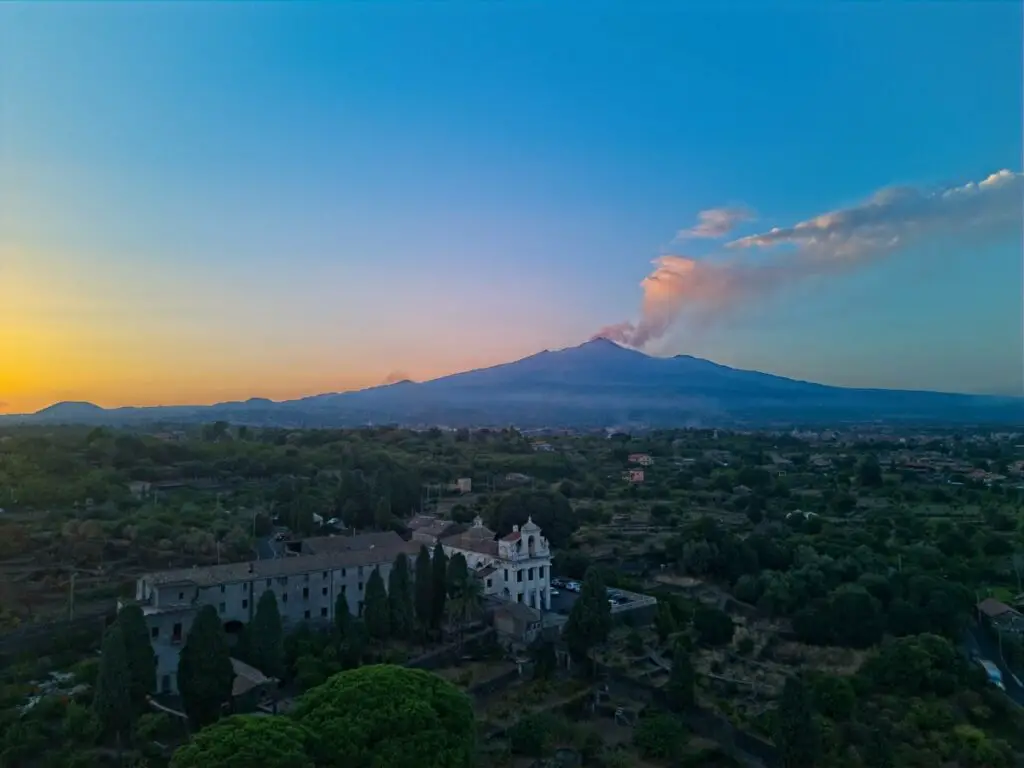
Click to download the JPEG file
And now some more images in 12 MP mode to appreciate the outstanding photo capabilities of both the Mini 3 and the 3 Pro in low light, due in part to the wide aperture of f1.7, capable of gathering plenty of light
More details in my specific article about Photography with the Mini 3 Pro
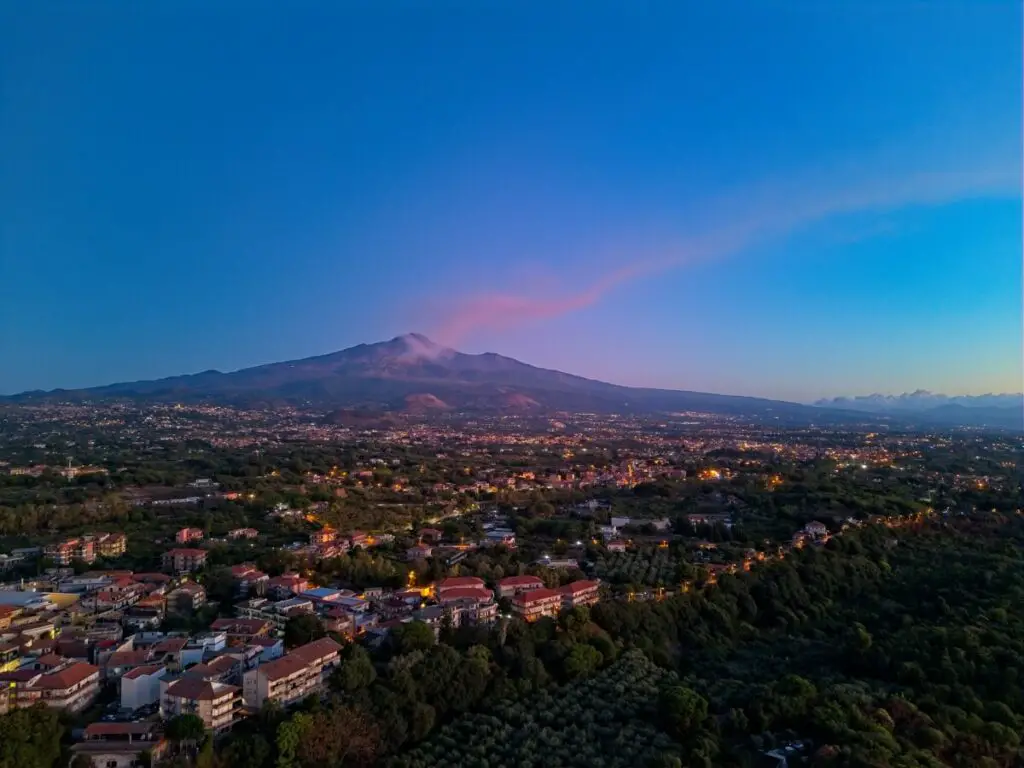
Click to download the JPEG file
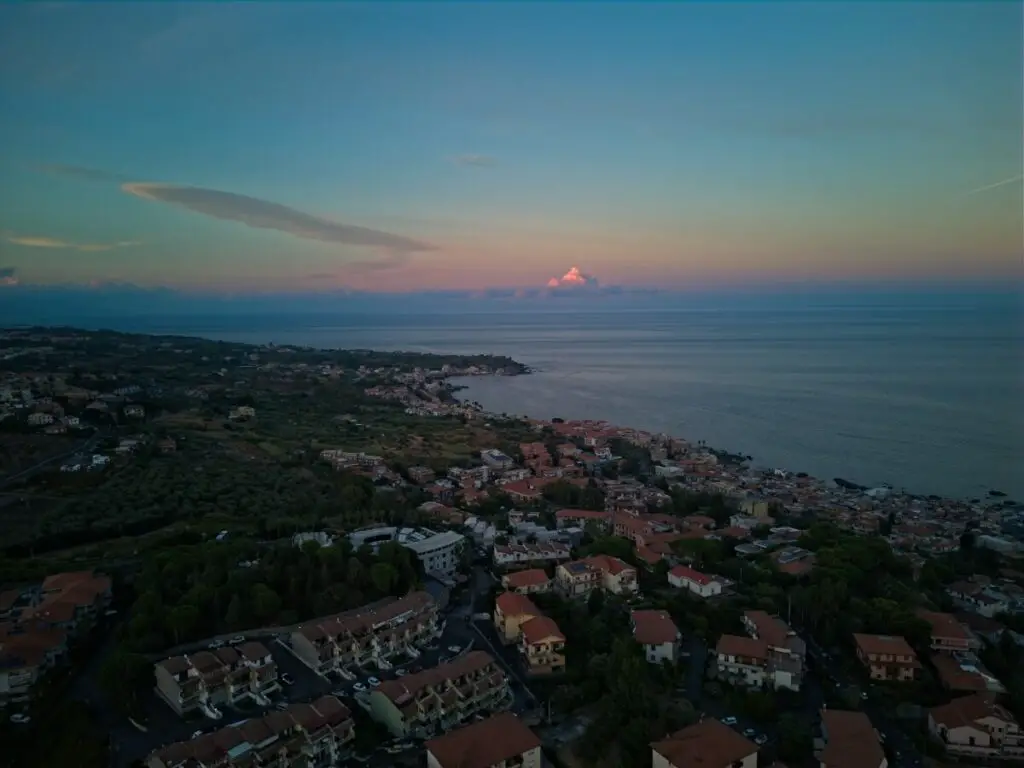
Click to download the JPEG file
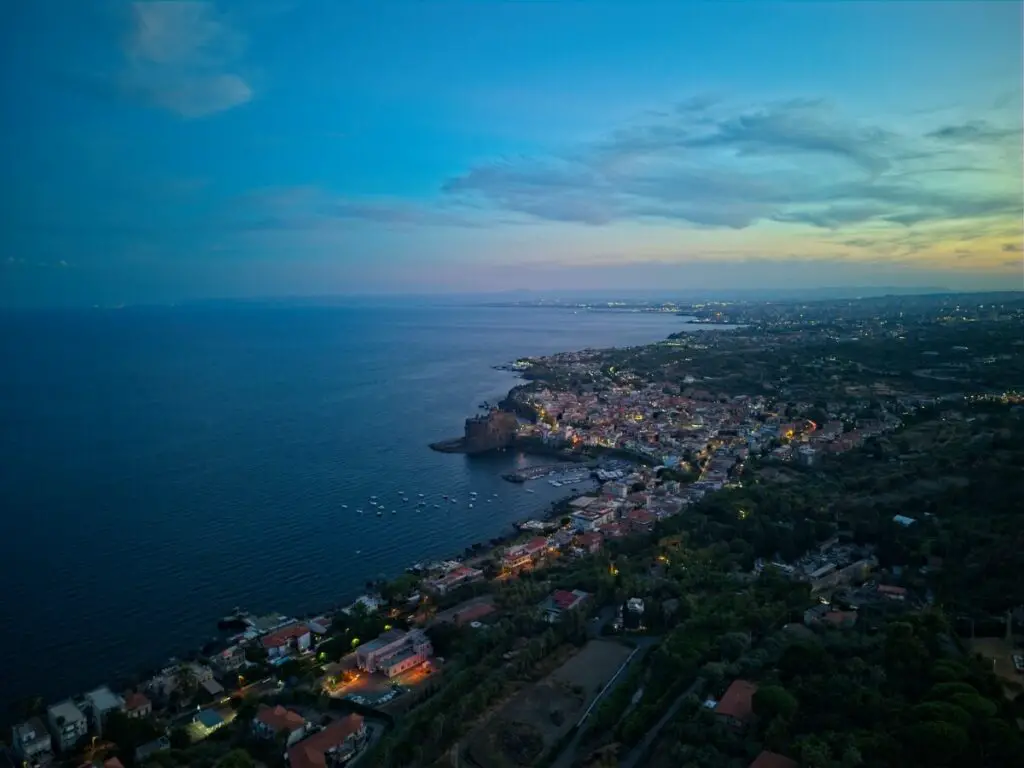
Click to download the JPEG file
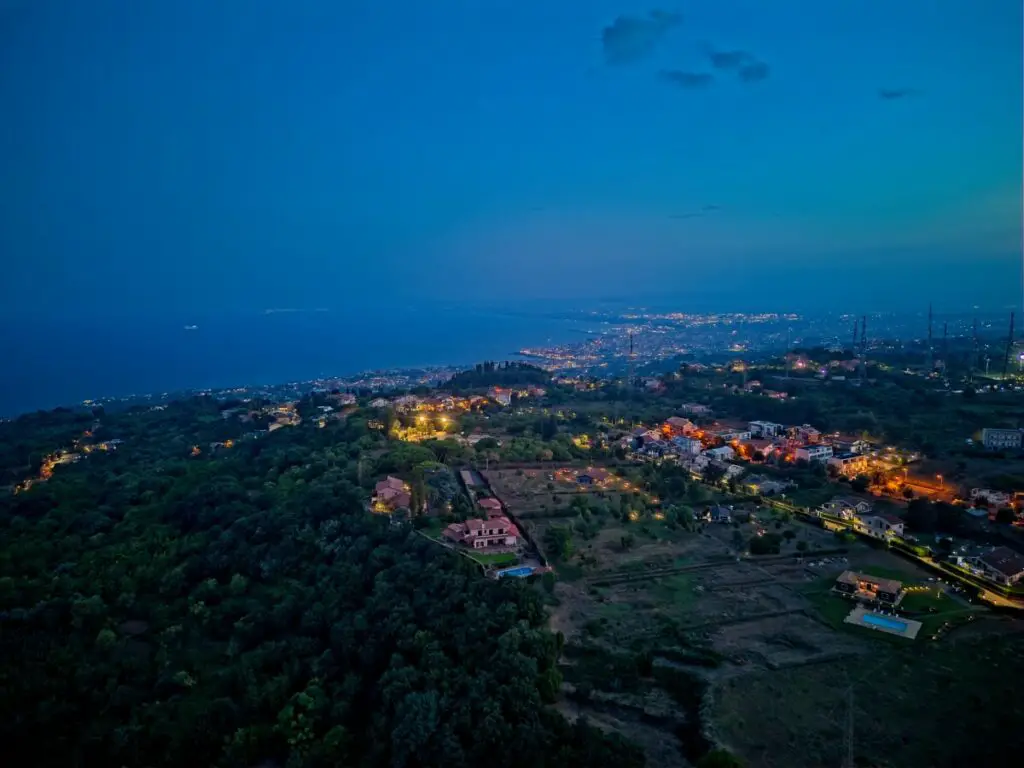
Click to download the JPEG file
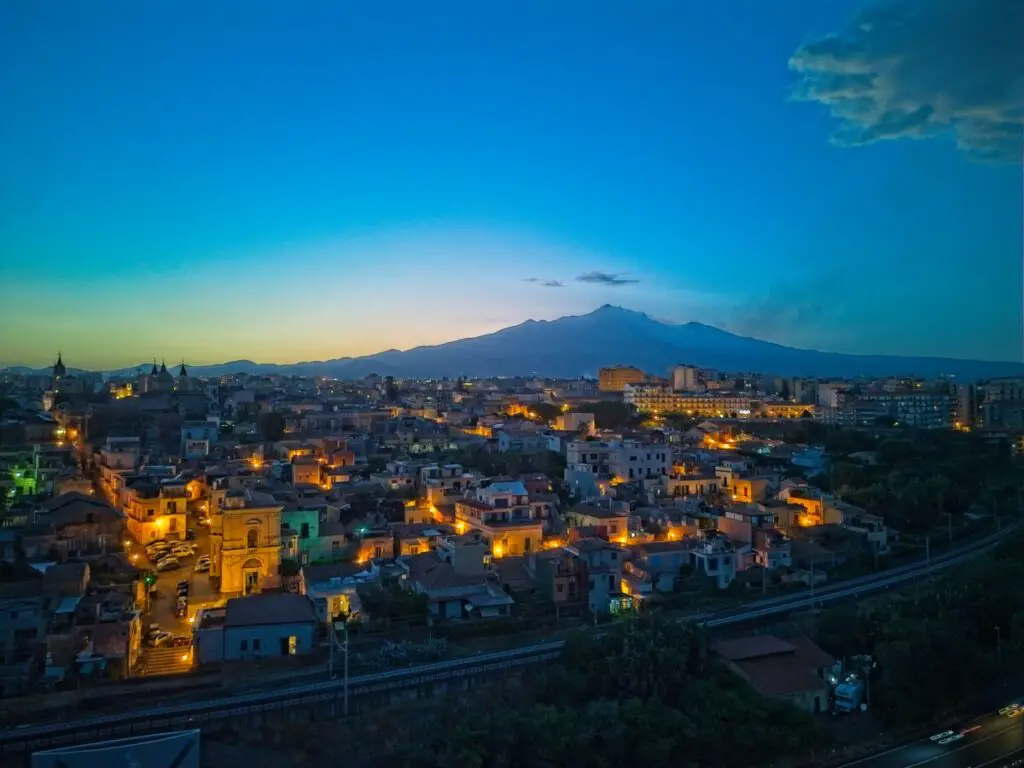
Click to download the JPEG file
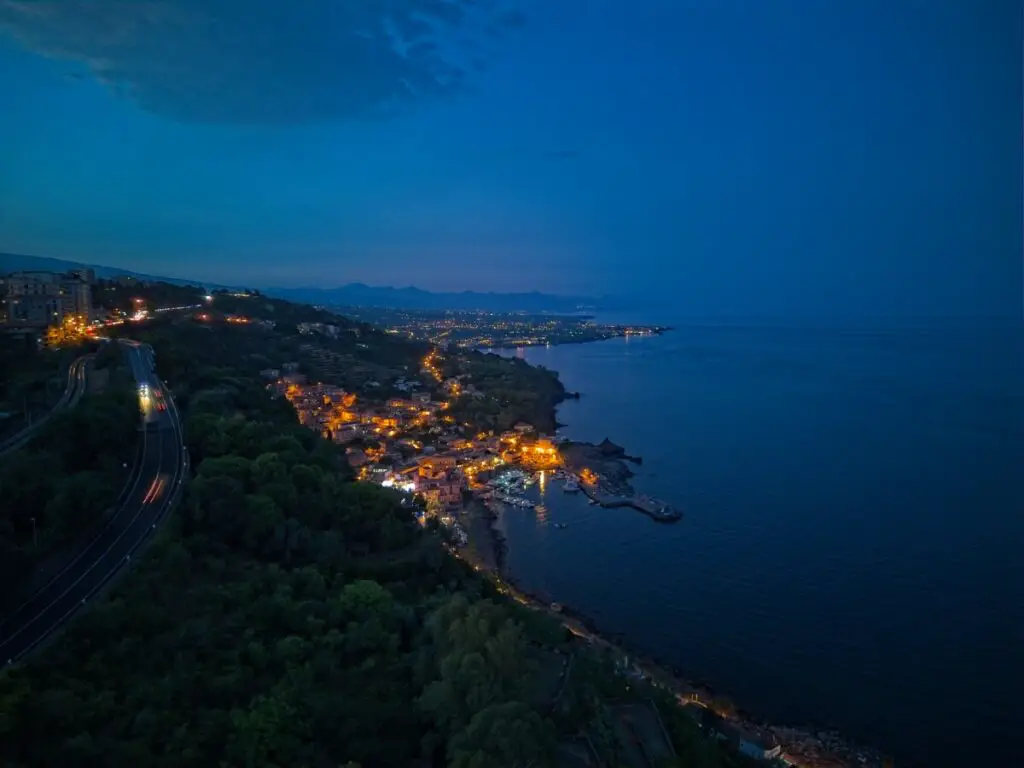
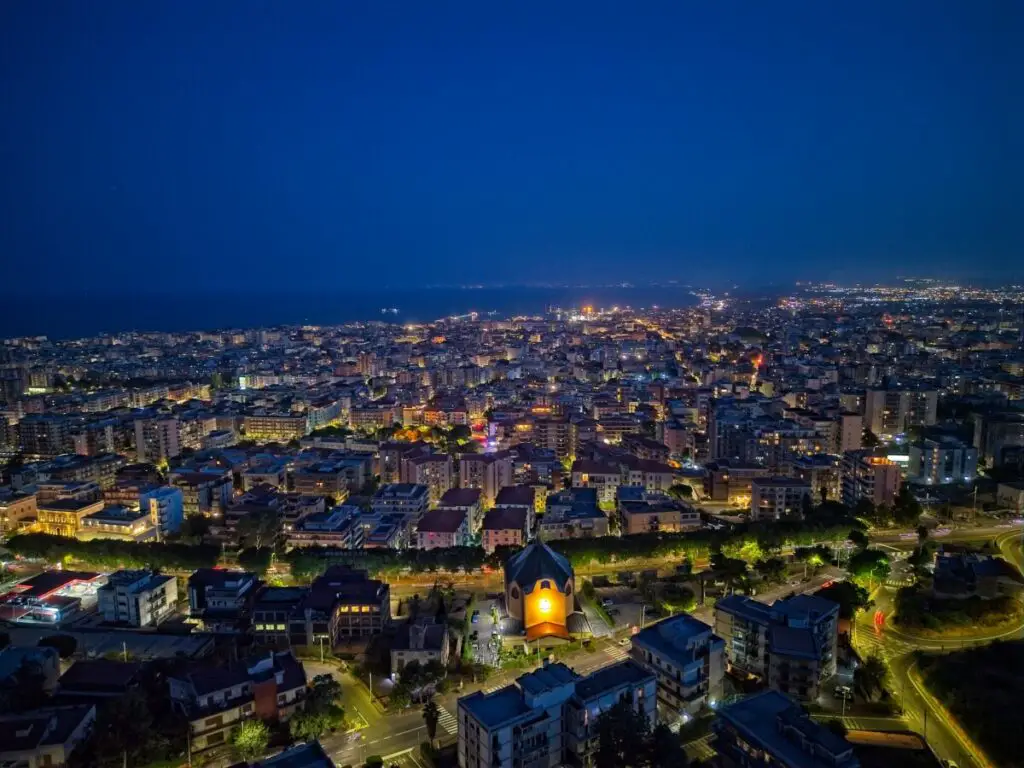
Both models are capable of taking photos in vertical format for extra creativity, and interesting manual panorama
